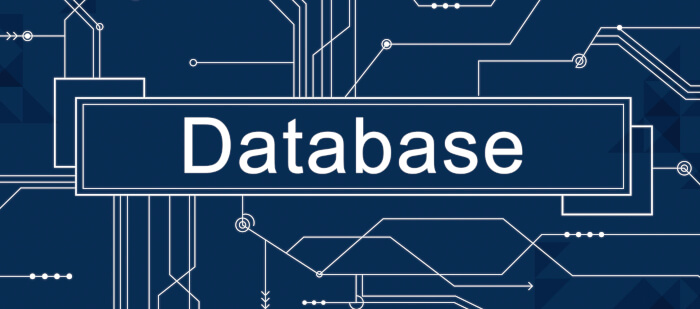A database is a collection of records or data that is stored in a computer system. Database tools and applications are designed to help you store and manage data in a controlled and structured manner. A database is a vital system for any organisation that stores mission critical information. The continual failure of a company’s database system will inevitably lead to the demise of the organisation; companies cannot function without a fully working database system.
There are a number of different types of database. The most popular choice in storing data such as personal information, financial records, and medical records is the relational database management system. This type of system makes use of common ‘keys’ to tie related information together with data being manipulated with the SQL data definition and query language. SQL has many strengths for querying data. However, there are some disadvantages inherent in SQL. For example, SQL does not scale horizontally particularly well.
A graph database stores nodes and relationships instead of tables, or documents. Data is stored just like you might sketch ideas on a whiteboard. Your data is stored without restricting it to a pre-defined model, allowing a very flexible way of thinking about and using it.
Here’s our verdict on the finest graph databases that run under Linux. We only include free and open source software.

Click the links in the table below to learn more about each database.
| Graph Databases | |
|---|---|
| EdgeDB | Graph-relational database with declarative schema |
| Neo4j | Native graph database that is built to store and retrieve connected data |
| NebulaGraph | Graph database that can handle large volumes of data |
| ArangoDB | Scalable graph database system to drive value from connected data, faster |
| OrientDB | Document-graph database |
| TypeDB | Polymorphic database with a conceptual data model |
| SurrealDB | Scalable, distributed, collaborative, document-graph database |
| JanusGraph | Distributed graph database |
| TerminusDB | Document-oriented graph database for building collaborative applications |
| Virtuoso | Middleware and database engine hybrid |
| Bitsy | Small, fast, embeddable, durable in-memory graph database |
 Read our complete collection of recommended free and open source software. Our curated compilation covers all categories of software. Read our complete collection of recommended free and open source software. Our curated compilation covers all categories of software. Spotted a useful open source Linux program not covered on our site? Please let us know by completing this form. The software collection forms part of our series of informative articles for Linux enthusiasts. There are hundreds of in-depth reviews, open source alternatives to proprietary software from large corporations like Google, Microsoft, Apple, Adobe, IBM, Cisco, Oracle, and Autodesk. There are also fun things to try, hardware, free programming books and tutorials, and much more. |

Why no mention of neo4j
Yes, it looks like neo4j should have been included. We’ll rectify.